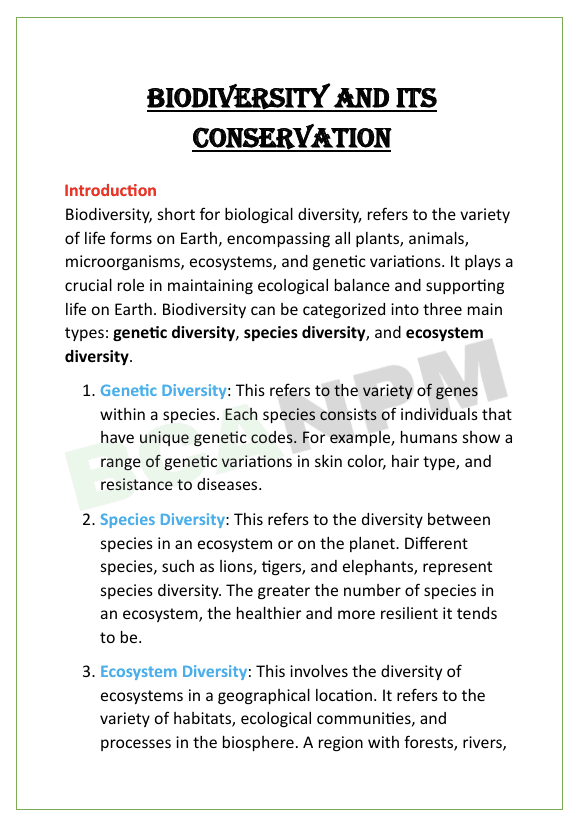
Free Download EVS Notes in pdf – Bca 2nd Semester. High quality, well-structured and Standard Notes that are easy to remember.
Welcome to Bcanpm.com
Bcanpm provides standard or well-structured Bca Notes for students. The notes are free to download. Each semester notes of Bca are available on www.bcanpm.com. In this post you can download notes of EVS Notes (AECC ). All units are available to download for free.
EVS Notes Unit 1 – 5

Unit 1: The multidisciplinary nature of environmental studies
“Environmental studies” is inherently multidisciplinary, drawing on various fields to understand the complex interactions between humans and the natural environment.

Unit 2: Natural Resources
“Natural resources” are materials and substances that occur naturally in the environment and are essential for human survival and economic development.

Unit 3: Ecosystems
An “ecosystem” is a dynamic community of living organisms, such as plants, animals, and microorganisms, interacting with each other.

Unit 4: Biodiversity and its conservation
“Biodiversity” refers to the variety of life on Earth, encompassing the diversity of species, genes, and ecosystems.

Unit 5: Environmental Pollution
“Environmental pollution” is the contamination of the natural environment by harmful substances or activities, leading to adverse effects on ecosystems, human health and the planet
Syllabus of Environmental Studies (EVS)
UNIT – 1
1. Introduction to Environmental Studies
- Definition and Scope: Understanding the interdisciplinary nature of environmental studies.
- Importance of Environmental Education: The need for environmental awareness and education in contemporary society.
UNIT – 2
2. Natural Resources
- Types of Natural Resources: Renewable and non-renewable resources.
- Resource Management and Sustainable Practices: Conservation methods and sustainable use of resources.
- Case Studies: Success stories and challenges in resource management.
3. Ecosystems
- Concept of Ecosystem: Structure and function of an ecosystem.
- Types of Ecosystems: Terrestrial (forest, grassland, desert) and aquatic (ponds, lakes, oceans).
- Energy Flow in Ecosystems: Food chains, food webs, and ecological pyramids.
UNIT – 4
4. Biodiversity and Conservation
- Biodiversity: Levels of biodiversity, importance, and benefits.
- Threats to Biodiversity: Habitat loss, poaching, pollution, climate change.
- Conservation Strategies: In-situ and ex-situ conservation, protected areas (national parks, wildlife sanctuaries).
UNIT – 5
5. Environmental Pollution
- Types of Pollution: Air, water, soil, noise, and thermal pollution.
- Sources and Effects: Major pollutants, their sources, and impact on health and the environment.
- Control Measures: Policies, technologies, and practices to reduce pollution.
UNIT – 6
6. Social Issues and the Environment
- Population Growth: Impact of population on natural resources and the environment.
- Urbanization: Environmental challenges associated with urban growth.
- Sustainable Development: Principles and practices of sustainable development.
UNIT – 7
7. Environmental Legislation and Policies
- Environmental Laws and Regulations: Important national and international environmental laws.
- Government Policies and Programs: Major policies and initiatives for environmental protection.
- Role of NGOs and Community: Participation of non-governmental organizations and community in environmental conservation.